Yemaja: The Goddess of the Seas
Source: Original Botanica Yemaja, the patron of the society of mothers and pregnant women, is one of the main orisha,…
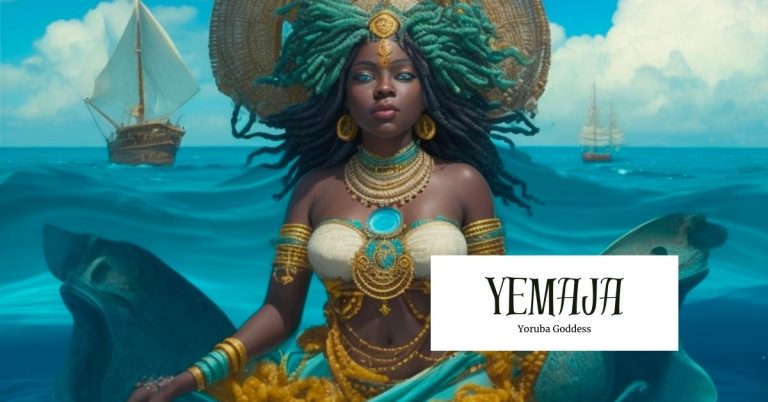
Source: Original Botanica Yemaja, the patron of the society of mothers and pregnant women, is one of the main orisha,…
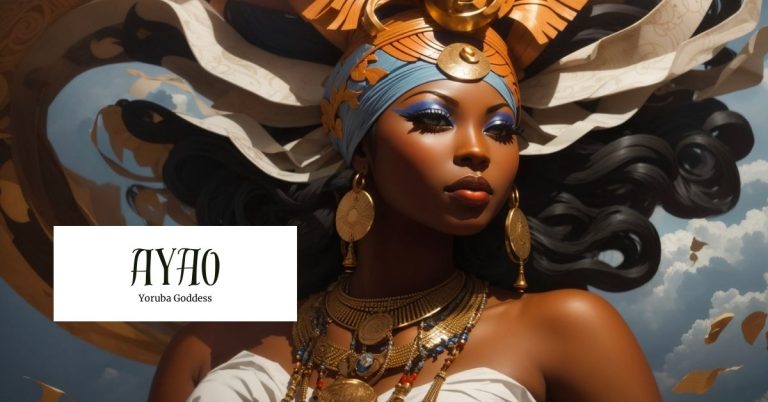
Ayao is the orisha of the whirlwind, and is Oya’s younger sister. Just like her sister, Ayao is powerful, fierce,…
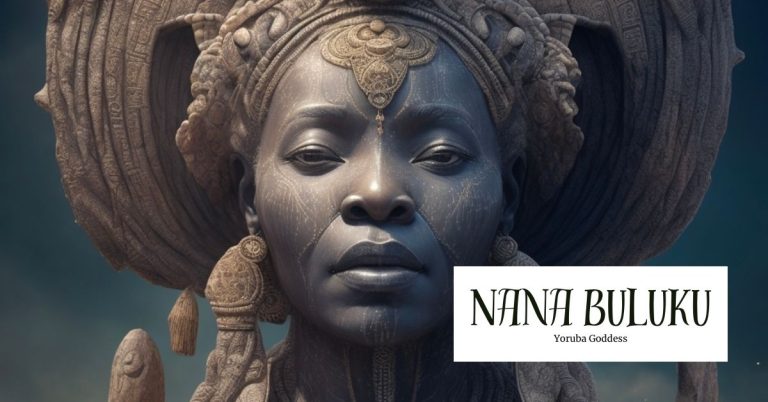
Nana Buluku, a multifaceted deity rooted in the spiritual traditions of West Africa, holds a profound place in the hearts…
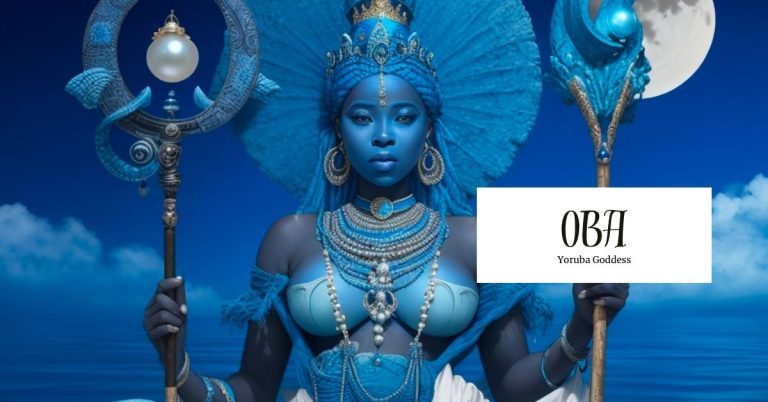
Oba is a revered goddess of rivers and the waters within the Yoruba religion. Her worshippers occupy a place within…
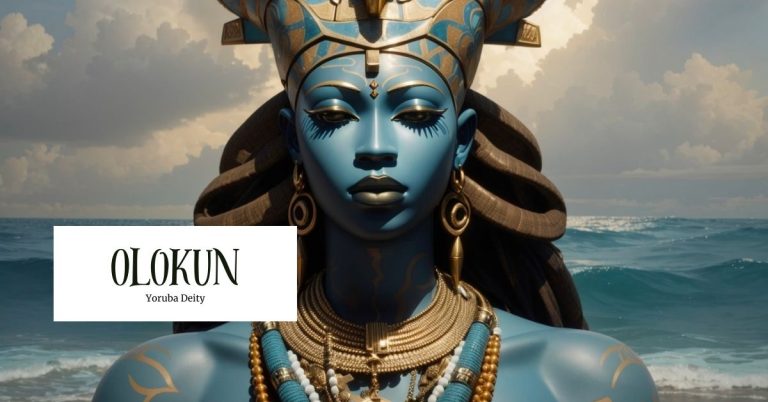
Olokun, according to Yoruba mythology, is the owner and ruler of the sea. Olokun is known for fertility, healing, wealth,…
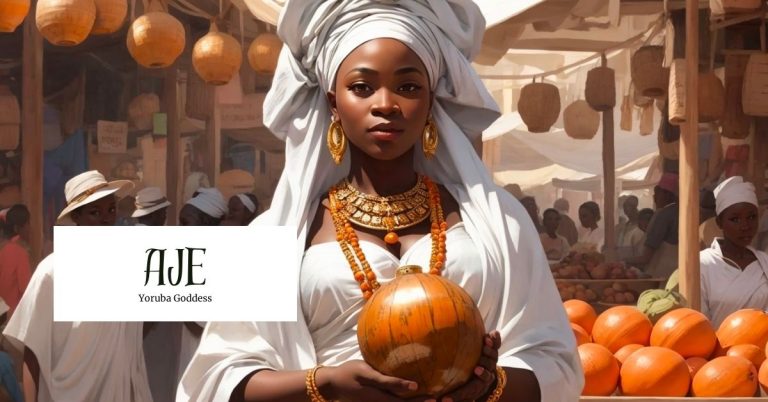
In the realm of Yoruba religion and mythology, there is a prominent goddess named Yoruba. The people of Yoruba are…
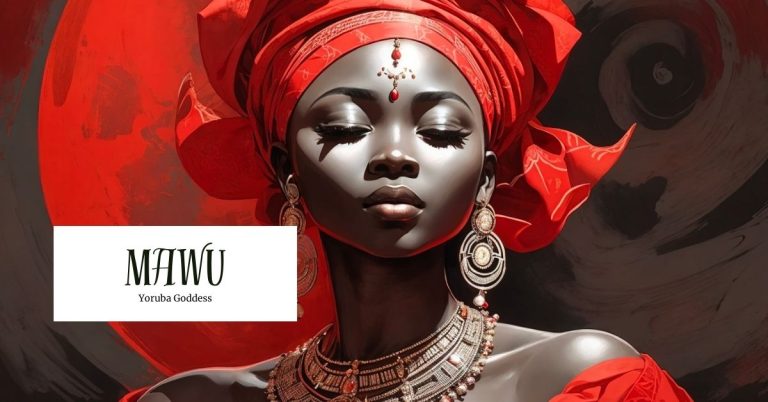
Mawu-Lisa is a very complex deity that is worshiped by the people of Ewe. The pair of Mawu and Lisa…
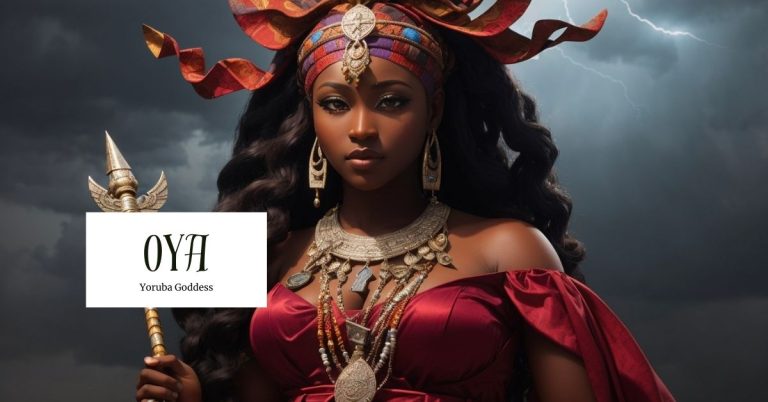
Oya, the Yoruba Rain Goddess is known for her fiery spirit and being a powerful goddess in charge of storms….
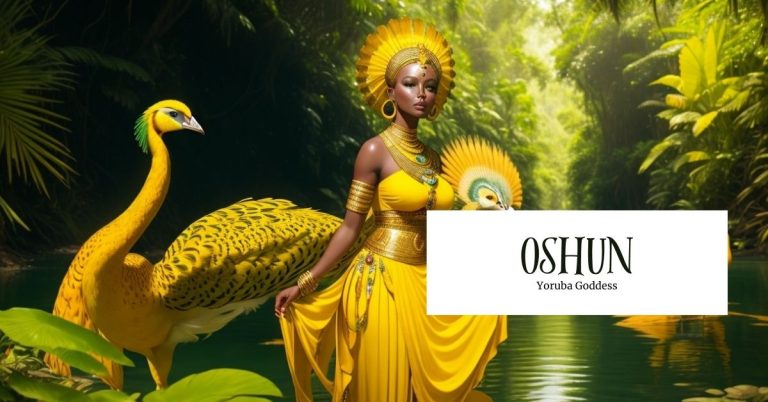
Inhabiting the southwestern part of modern-day Nigeria and the southernmost part of Benin, lie the Yoruba people. People who practice…